Ghee (also called clarified butter or butter oil) is basically butter if you take out everything but the fat. Regular butter is 82% milk fat and 18% “other” (water, protein, and a very tiny amount of carbohydrate). Ghee is about 98% fat, with very little of anything else. It’s a significantly purer form of dairy fat.
It’s possible to make ghee from milk, but it’s also possible to make it from butter, by gently cooking the butter and then straining out the milk solids to leave nothing but the pure fat.
Ghee has been a traditional form of fat in India for years, and it’s part of ayurvedic medicine if you’re interested in that, but it’s interesting to Paleo eaters because it hits all the high points of dairy with almost no lactose or milk proteins - and it has some interesting health benefits along the theme of “saturated fat is actually good for you.”
Why ghee?
Ghee is really an addition to the Paleo fat cupboard. It’s something you can add on top of other delicious Paleo fats like olive oil and coconut oil. So...why would you add it?
It’s a butter sub for the lactose intolerant
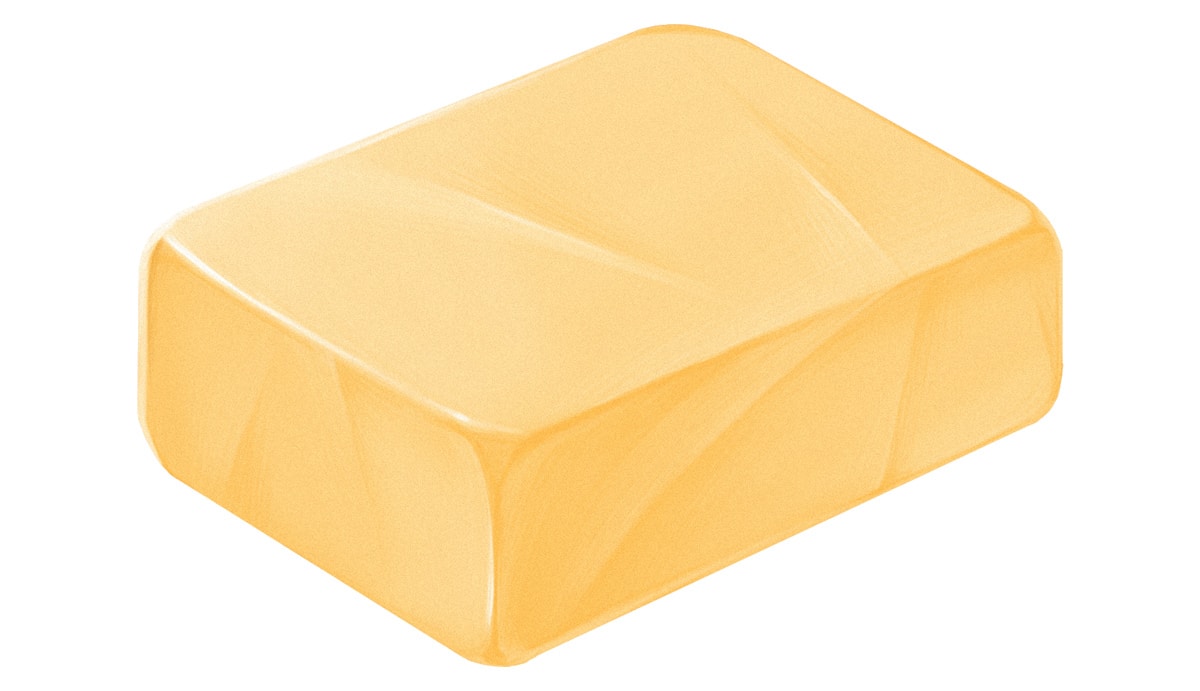
For one thing, it has almost no dairy proteins or lactose at all. Even butter has some, but ghee has almost negligible amounts. This makes ghee OK for a lot of people with lactose intolerance, since the amount of lactose is so tiny.
An important safety note: lactose intolerance and milk allergy aren’t the same thing!
- Lactose intolerance is a problem digesting the carbohydrate (lactose) in milk. If you eat/drink too much dairy, you’ll get an upset stomach. The severity of symptoms depends on the amount of lactose you eat - the more lactose, the worse you feel. If this is you, then trying ghee might be a good idea because at worst you’ll get a stomach ache.
- Milk allergy is an immune reaction to the proteins in milk. Milk allergy can be life-threatening, and even a very tiny amount of dairy proteins can set off a reaction. If this is you, ghee isn’t worth the risk.
Milk allergy is rare in adults: most adults who have trouble with dairy are lactose intolerant, not allergic. If lactose intolerance is your problem, ghee might be a very delicious solution that still lets you eat all that delicious dairy fat.
It’s good for your heart
Ghee is also chock full of healthy fat. About half the fat in ghee is saturated, which makes it much better than PUFA-rich industrial fats like soybean oil. Ghee also has a relatively high amount of conjugated linoleic acid (CLA), which has benefits for preventing weight gain and might also help with weight loss. You can read more about CLA here.
For ghee, there’s specific evidence that all of those good fats have heart-health benefits. This study, admittedly in rats, found that far from harming the rats’ cardiovascular health, ghee as 10% of calories reduced total cholesterol, LDL, and VLDL. The rats also enjoyed lower levels of liver cholesterol and triglycerides, possibly by increasing excretion of cholesterol. For anyone confused by all the science: that’s all really good news for the rats!
By changing the composition of the fats in the rats’ bodies, the ghee also helped reduce oxidative damage and made the rats more resistant to oxidative stress.
Human studies also confirm the benefits of ghee for cardiovascular health. For example, in this study, the researchers compared ghee to vegetable oil (specifically mustard oil, which is high in omega-6 fats like other vegetable oils). They found that people who typically ate ghee had lower rates of cardiovascular disease than people who ate mustard oil.
It’s delicious
Ghee doesn’t taste exactly like butter, but it’s recognizably butter-adjacent. If you think of the way oven-roasted vegetables get those nicely brown crispy edges, that same chemical reaction happens when you heat up butter to make ghee, so there’s a bit of that flavor to it. The stereotypical description of ghee is “nutty,” which also describes it pretty well.
Using ghee in Paleo cooking
Step 1 is to get yourself some ghee. You can buy ghee in any grocery store: look in the international foods aisle with the Indian food and/or the other shelf-stable fats like olive oil. You might also find it refrigerated with the butter. A note about store-bought ghee: it might have BHA listed on the ingredients list: this is just an antioxidant and nothing really to worry about.
Alternately, you can make it yourself from regular butter (we’ve published a guide to making ghee here).
Once the ghee is in your cupboard, you can use it in Paleo recipes just like you’d use butter or any other cooking fat. It’s particularly delicious in sweets and dessert recipes, but it’s also great with protein (ghee-drizzled scallops? Chicken with ghee sauce?) and vegetables (try some broccoli roasted in ghee with a sprinkling of almond slivers on top, if you really like the “nutty” aspect of the ghee flavor).
Because ghee is so highly saturated, it’s good for high-heat cooking. Unlike butter, it doesn’t have any milk solids to burn, so you don’t need to watch the heat as hawkishly as you would with a pat of butter. So for culinary purposes, if you want to sear a fillet of fish or some other job that takes super-high heat, ghee might be your new favorite fat.
Making ghee even better: eat it with other real foods!
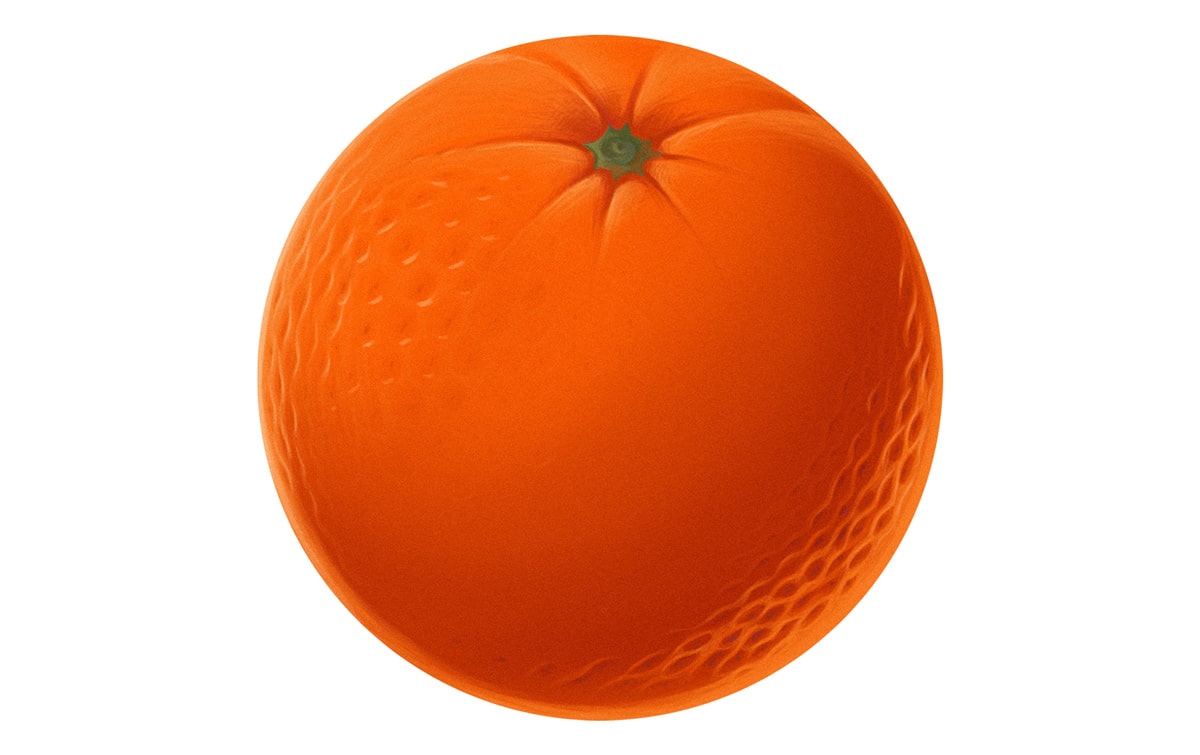
WIth any kind of cooking fat, there’s a danger of oxidation. Oxidation is a kind of damage caused by heat and light - it can make a fat pro-inflammatory and damaging (for more on inflammation, take a look here).
But guess what protects the fats in ghee from oxidation? Basically any antioxidant-rich food! For example, in this study, researchers used orange peel mixed into ghee and found that the orange peel protected the ghee against oxidative damage. Orange peel was even more effective than butylatedhydroxyanisole (BHA), a pure antioxidant that sometimes gets added to fats like ghee and lard to protect them from oxidative damage.
Lycopene, an antioxidant found in tomatoes, and curcumin, found in the spice cumin, also did the trick. So did rosemary, cloves, coriander, and green tea.
The point: this is one more way that whole foods complement each other and a whole-foods-based diet ends up being more than the sum of its parts. If you’re making your own ghee, you could even bake the herbs right in for delicious flavored ghee (orange ghee would be great on fish, or rosemary ghee would be perfect for beef roasts, just for example).
What’s your favorite ghee recipe? Let us know on Facebook or Twitter!

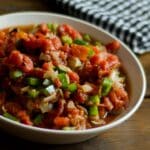
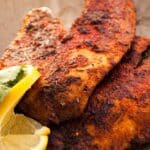
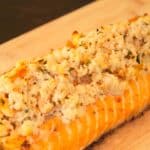

Leave a Reply